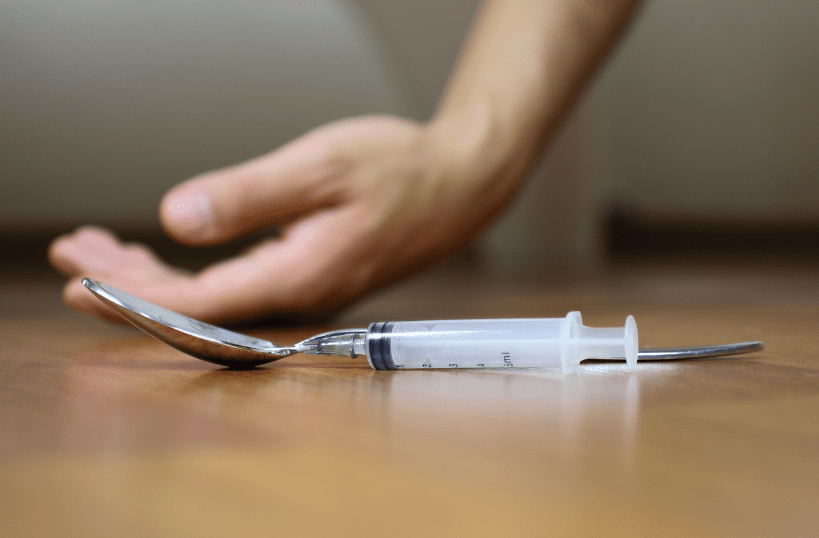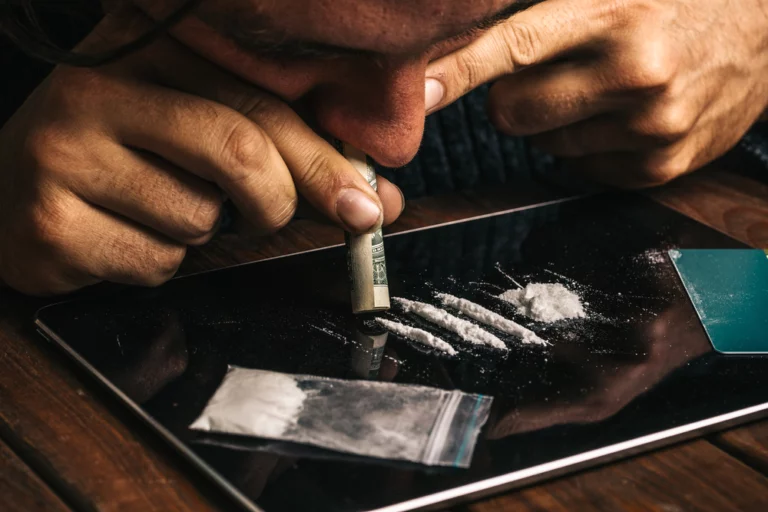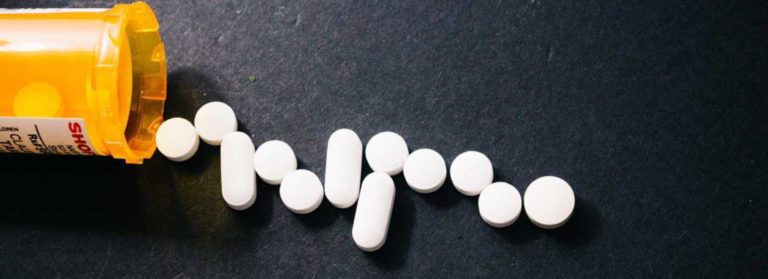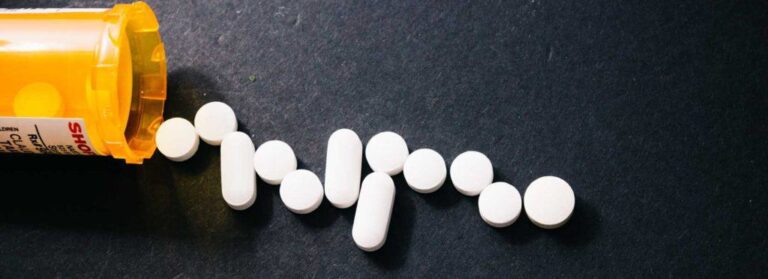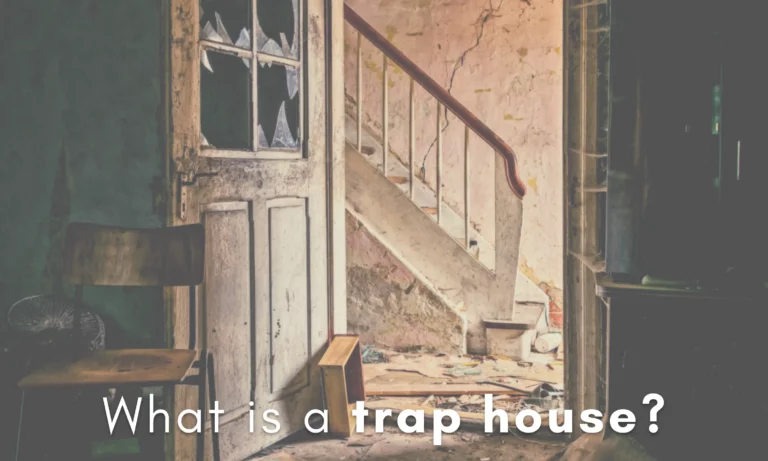Heroin Overdose: How You Can Prevent It
A heroin overdose is increasingly common since the synthetic opiate Fentanyl exploded onto the market in recent years. If you or someone you love abuses heroin or related opioids and opiates, it is a sensible idea to keep Narcan (naloxone) available at all times.
Narcan is a life-saving medication that can revive a person who experiencing a heroin overdose or an overdose on other opioids. In terms of treatment, early intervention is best.
That being said, it’s important to keep in mind that recovery is always possible. Reach out to Oasis Recovery for information about rehab for heroin addiction in North Carolina.
What to Do in the Event of a Heroin Overdose
Call 911. Ask emergency responders to bring more doses of naloxone.
Attend to the person who appears to have overdosed. If they are conscious, try to keep them awake and talking.
In an emergency situation, if you believe someone has overdosed on heroin or other opiates, attempt to use Narcan (naloxone) to save their life.
When administering the spray form of naloxone, spray once in each nostril of the person. Rub the person’s chest to promote breathing and blood flow throughout their body.
Once emergency services arrive, allow them to take over the situation.
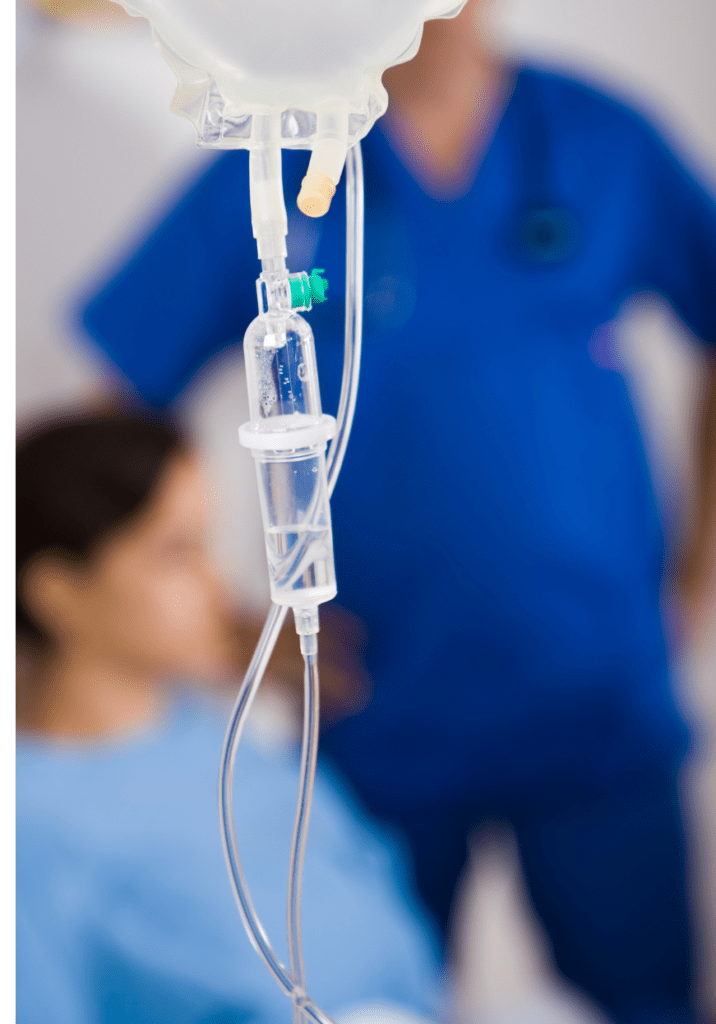
Symptoms of Heroin Overdose
There are many potential signs of a heroin overdose. Some symptoms may include:
- Disorientation
- Confusion
- Hallucinations
- Weakness in extremities
- Lips and fingernails turning a bluish color
- Shallow breathing
- Gurgling sounds
- Indicates a person’s airway may be blocked
- Unresponsiveness
- Weak pulse
Risk Factors that Increase the Chances of Heroin Overdose
Additionally, combining heroin with other substances, such as alcohol, prescription medications, or illicit drugs, dramatically heightens the risk of a fatal heroin overdose. This is because these combinations can amplify the depressant effects on the central nervous system, leading to slowed breathing, loss of consciousness, and even death.
Several specific factors contribute to the likelihood of a heroin overdose, and understanding these can help in prevention efforts. Injecting heroin, for example, is generally considered the most risky method of use. Intravenous use allows the drug to enter the bloodstream rapidly, increasing the intensity of its effects and the potential for a heroin overdose.
Mixing heroin with alcohol or prescription drugs, such as benzodiazepines or opioids, is another major risk factor. These substances can interact dangerously, suppressing the respiratory system to life-threatening levels.
Prolonged use of heroin or other opiates can also lead to physical dependence and tolerance, which may cause individuals to use larger amounts of the drug to achieve the same effect, inadvertently putting themselves at greater risk of overdose.
Physical and mental health issues further complicate the picture. Chronic health conditions, such as respiratory or cardiovascular problems, can make the body less resilient to the effects of heroin, increasing the likelihood of an overdose.
Mental health challenges, including depression, anxiety, or trauma, may also play a role, as individuals struggling with these issues might turn to heroin as a coping mechanism, sometimes using it in unsafe ways. A recent relapse is another significant risk factor, as a person’s tolerance to heroin may have decreased during periods of abstinence.
If they return to using the same amount they previously tolerated, their body may no longer be able to handle it, leading to a potentially fatal heroin overdose.
Another critical factor is the variability in the strength or dosage of heroin. Street drugs are often cut with other substances, such as fentanyl, a synthetic opioid that is exponentially more potent than heroin.
Even a small amount of fentanyl can cause an overdose, and users may be unaware that their heroin contains this dangerous additive. Finally, using heroin or other drugs while alone is a major risk factor for overdose, as there is no one present to administer naloxone or call for emergency help in the event of an overdose.
To reduce the risk of a heroin overdose, it’s essential to be aware of these factors and take proactive steps to mitigate them. This includes avoiding the use of heroin altogether, seeking treatment for substance use disorders, and never using drugs alone.
Carrying naloxone (Narcan) and ensuring that friends and family know how to use it can also save lives in the event of an overdose. By understanding the risks and taking preventive measures, we can work together to reduce the devastating impact of heroin overdose on individuals and communities.
Preventative Measures and Emergency Intervention
If you or someone you care about is struggling with a heroin addiction, you may want to consider keeping Narcan (naloxone) on hand in case of an emergency. It’s important to keep in mind that naloxone is a temporary fix.
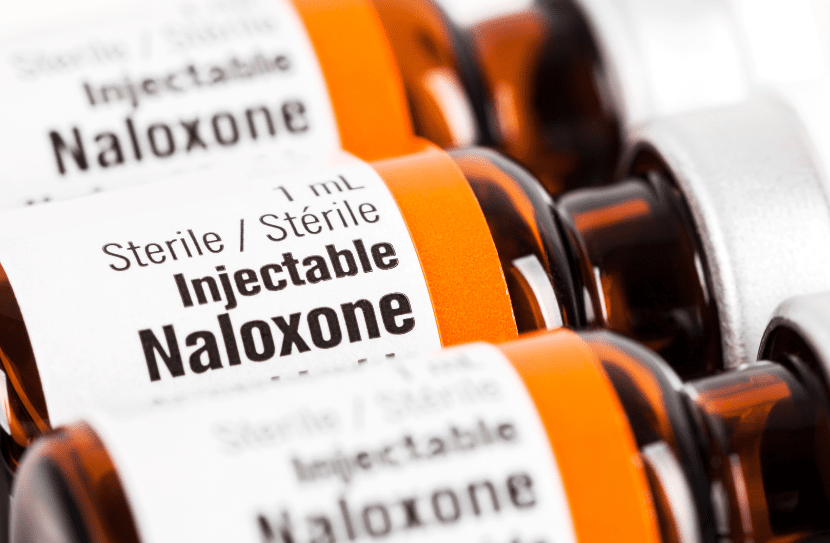
Where Can You Buy Narcan?
Narcan (naloxone) is a life-saving medication that can reverse the effects of an opioid overdose, and it is now widely accessible across the United States. In all 50 states, including Washington, D.C., and Puerto Rico, Narcan is available at local pharmacies without the need for a prescription.
This accessibility is a critical step in addressing the opioid crisis, preventing a heroin overdose, and ensuring that individuals, families, and communities have the tools they need to respond to emergencies effectively.
The nasal spray form of Narcan, which is user-friendly and designed for easy administration, can currently be ordered and delivered in a growing number of states, including AR, AZ, CO, DC, FL, GA, ID, IL, IN, MA, MD, MI, MN, MO, MS, MT, NC, ND, NE, NV, NY, OR, PA, RI, SD, TN, TX, UT, VT, and WA.
This delivery option provides added convenience for those who may not be able to visit a pharmacy in person or who prefer the discretion of having it sent directly to their home.
To ensure you have access to Narcan, it’s important to contact your health insurance provider to understand your coverage and any copay requirements. Many insurance plans, including Medicaid and Medicare, now cover Narcan, making it more affordable for those who need it.
If you are uninsured or underinsured, there are still options available to obtain Narcan at little to no cost. Many states and local organizations have programs in place to distribute free doses of naloxone to individuals at risk of experiencing or witnessing an opioid overdose.
Additionally, some pharmaceutical companies and nonprofit organizations offer discounts, rebates, or patient assistance programs to help reduce the cost of Narcan.
Efforts to increase access to Narcan are ongoing, with many states working to make it available over-the-counter (OTC) without any restrictions. This shift reflects a broader recognition of the importance of naloxone as a public health tool.
If you’re unsure how to obtain Narcan, speaking with a local pharmacist or healthcare provider is an excellent first step. Pharmacists are often well-informed about state-specific programs and can guide you on how to access free or discounted naloxone. They can also provide training on how to recognize the signs of an heroin overdose and administer Narcan correctly, ensuring you’re prepared to act in an emergency.
In addition to pharmacies, many community organizations, harm reduction groups, and public health departments offer free naloxone distribution programs.
These programs often include educational resources and support services to help individuals and families navigate the challenges of opioid use disorder. By taking advantage of these resources, you can play an active role in safeguarding your community and reducing the devastating impact of opioid overdoses.
Ultimately, having Narcan on hand is a simple yet powerful way to save lives. Whether you’re someone who uses opioids, a family member, a friend, or simply a concerned community member, carrying Narcan ensures you’re prepared to respond in a crisis.
By staying informed about your options and taking proactive steps to obtain Narcan, you can contribute to a safer, healthier future for yourself and those around you.

Contact Oasis Recovery to Learn More About Harm Reduction
Harm reduction is a term used to discuss preventing worst-case scenarios in the event of an emergency like a heroin overdose. The hope is that a person who has a substance abuse disorder can be convinced to enter treatment, successfully complete a treatment program, and learn to live a life of lasting sobriety.
At Oasis Recovery Center, located in Asheville, NC, we put our client’s safety and security first. We want your stay with us to be as comfortable as possible while you figure out how to rebuild your life.
It’s never too late to create a better tomorrow. Contact us today or call us to speak with a recovery specialist about the benefits of our heroin addiction treatment program. All of our rehab programs and services are tailored to meet the individual needs of each client. We look forward to helping you.



